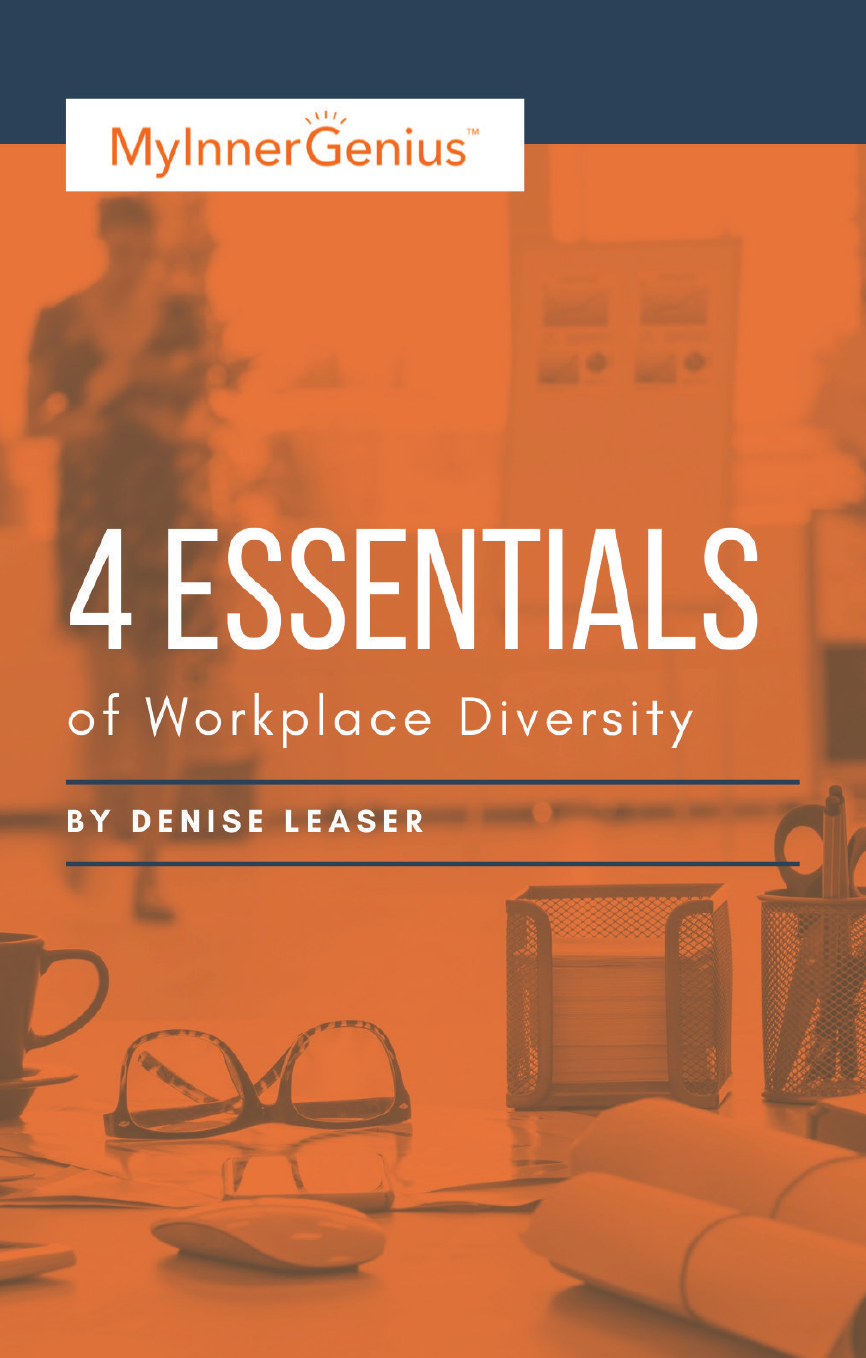What is the most common part of the selection process, but the least structured? What part of hiring costs you the most time, even if it only takes half an hour? If you said “interviewing”, you might be an HR professional!
For such a critical part of the hiring process, the way that we interview candidates is dreadfully outdated. But not for long! Like many things, changes to “the way things are done” are coming rapidly, and that means a tectonic shift in the way we as employers approach the hiring process.
The Big Cost of a Short Interview
Interviews individually are not costly. However, when have you ever called back one or two people for an interview? The number of interviews you’ll end up conducting depends on the size of your applicant pool, which depends on the size of your organization, and so forth, but needless to say, put together, your interview schedule will likely eat up a few workdays. You can justify this if your interviews give you the ultimate clarity into the candidates and make your hiring decision a breeze, but that’s a bit unrealistic.
The interview is the most expensive part of the hiring process because you are dedicated to meeting with someone one-on-one, giving up time in your day that could be spent making headway on projects, interfacing with clients, or just doing essential day-to-day tasks. Using multiple interviewers or multiple interviews even adds more cost, because then you’re taking away others’ productivity as well. You can justify this if your interviews give you the ultimate clarity into the candidates and make your hiring decision a breeze, but that’s a bit unrealistic. Most employers don’t invest wisely; they just wing it. “Winging it” will not give you the means to evaluate the candidate effectively and can introduce a significant amount of bias.
How can you as an employer effectively deal with this? I suggest moving to a structured interview process instead of a free-flowing conversation. Structured interviews that are competency-based ensure that you are evaluating people in a very effective way without introducing bias. Using structured tools removes as much subjectivity as possible.
Come up with a set of questions that you ask every candidate and try as much as possible not to deviate from them. This already creates a more equal playing field than a free-flowing interview style. Also, remember to not base your questions off of “must-haves” for the position like a specific degree or experience at a similar company and instead ask interviewees about how they attained the skills you’re seeking and why they feel they’re the best candidate for the position.
The benefit for you as the employer is that with a structured interview, you can evaluate all of your candidates impartially. You won’t have to look back through your notes or try to remember the most relevant parts of an hour-long, free-form conversation. You’ll have multiple, straightforward answers to the same questions and will be able to make a decision based on better data.
Potential employees will breathe a sigh of relief that they’re being evaluated on their skills and potential rather than if their prior experience aligns with every single bullet you put on the job posting. And in the end, we have a fairer and more productive way of evaluating candidates and selecting the right person for the job.
The Evolving Job Landscape
Rapid technological change is coming faster than most businesses are prepared for. According to a piece from the Wall Street Journal, “80% of the jobs you will find in 2030 or 2040 don’t exist today, and there is a devaluation of expertise and knowledge, then you have to bet on things like curiosity, learning ability, people skills, and motivation.”
We have to remember that we can only adapt so quickly to changing technology. New tech takes time to completely master, so it’s going to become increasingly unrealistic to find candidates who are perfect fits into the roles we’re hiring for. But what do I always say? Skills can be taught, so what’s more essential is that you find a candidate who has a willingness to learn and who fits in naturally with the environment of your company.
You can adapt a structured interview process to look for this kind of candidate. Instead of asking applicants about prior job experience or how close their experience is to the role that you’re hiring for, ask them things like:
- Have you had to adapt to evolving technology in previous positions?
- What kind of learning style suits you best? Would you say you usually get up to speed quickly?
- Tell me about a time when you had to learn a new program or technology for a position? What were the biggest challenges you experienced?
- When you become confident enough, would you be open to training future employees?
- Would you consider continuing your education if that was an option?
Asking prepared, uniform questions like this to all of your applicants will allow you to judge everybody on the same metrics and give you a clearer idea of who will be able to step into your role, get caught up as needed, and go on to contribute more to your company. As stated previously, this approach helps decrease the chances that unintended bias might slip in, because the structured nature of the interview gives you the chance to evaluate candidates on their answers, not on their resume or likeability.
When we prioritize fairness and equality in all of our workplace practices, we achieve a highly diverse, more productive space for both employees and management. A structured interview is one relatively simple, cost-effective way to start incorporating inclusivity measures into your routine.

